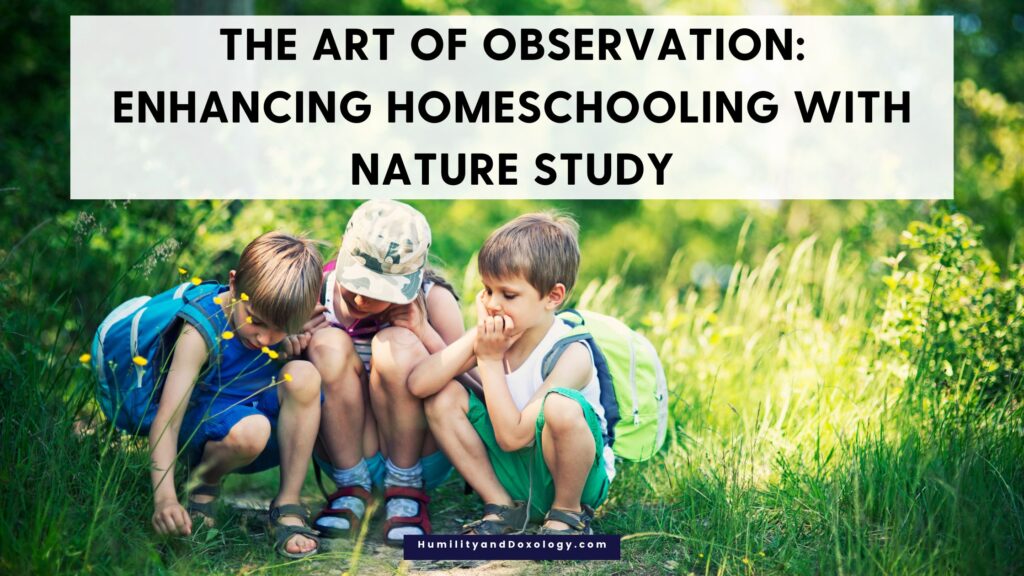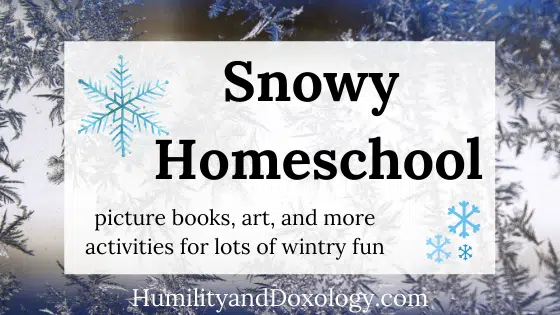Homeschooling with nature study offers endless opportunities for discovery and hands-on learning. Whether you lean toward Charlotte Mason’s gentle approach, a Classical method, or something else, sharpening your child’s observation skills transforms everyday experiences into exciting lessons.
In this post, we’ll explore why keen observation matters. Through some practical exercises, I’ll show you how nature can make science for kids come alive!
Don’t miss the rest of this stellar guest post by Cindy West!
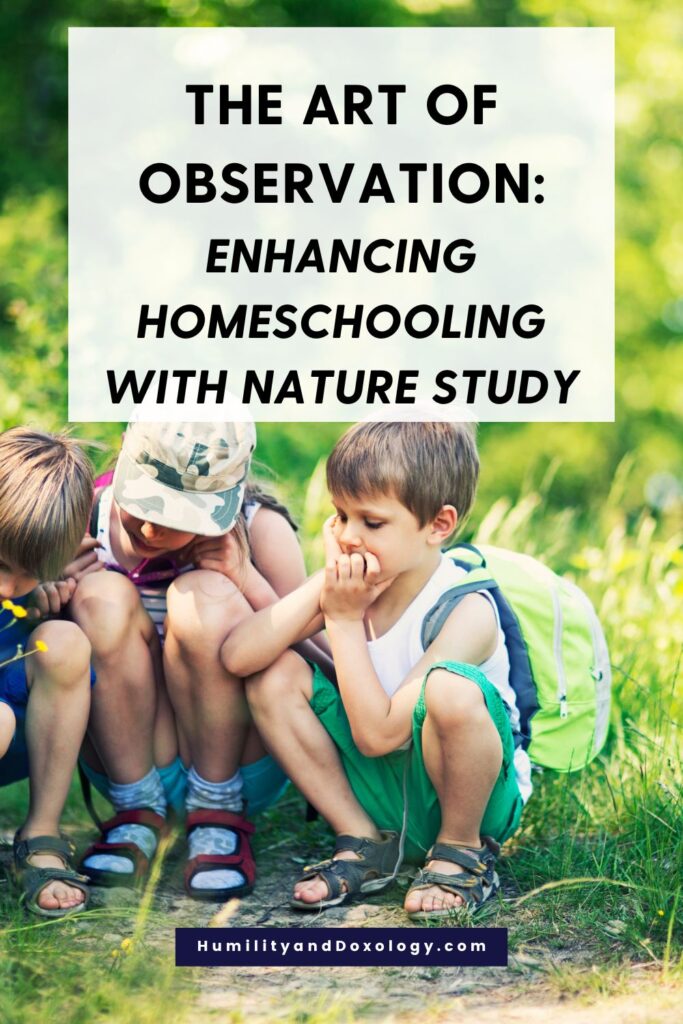
{This post contains paid links. Please see disclaimer.}
Why Observation Matters
Observation is more than just looking—it’s a way to think, question, and understand the world around us. No matter your homeschooling style, developing observation skills is essential for every learner.
A Timeless Tool for Learning
For centuries, careful observation has been the cornerstone of learning. When children notice details—like the pattern on a leaf or the sound of a distant bird call—they build curiosity and sharpen their critical thinking. This skill lays the foundation for science for kids and enhances all areas of the curriculum.
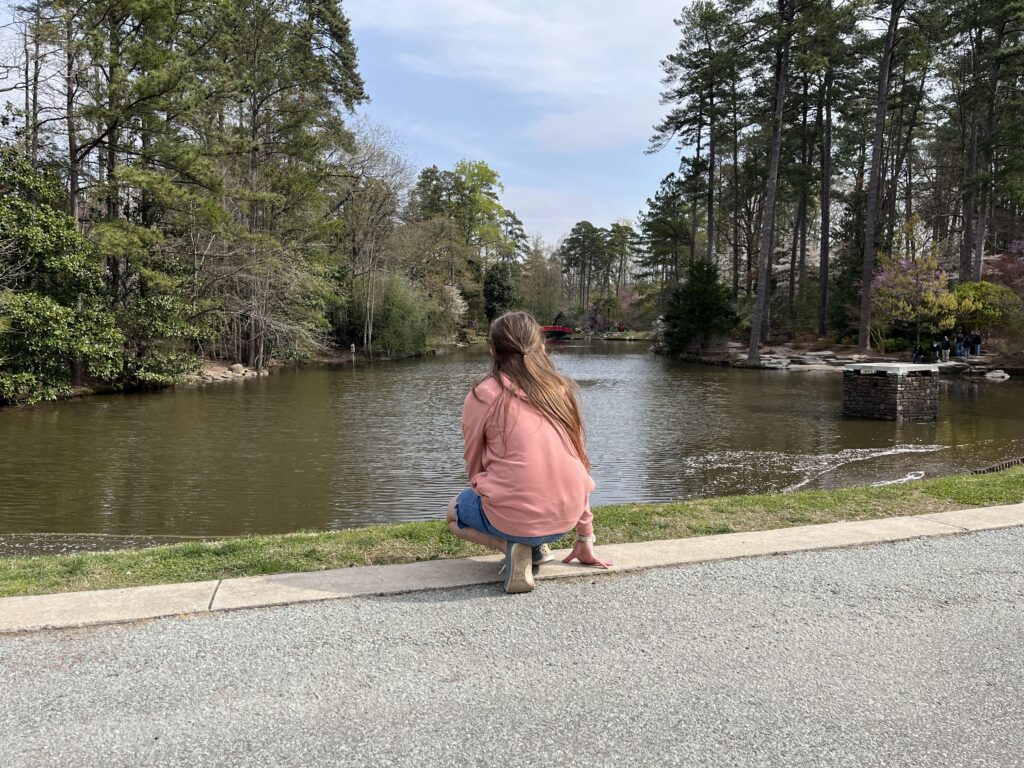
The Skill of Observation
Building on this timeless approach, observation encourages children to analyze and synthesize information in a hands-on way. Through nature study, learners of all ages develop curiosity, creativity, and critical thinking—enriching any homeschool.
Enriching the Curriculum
Observation can enhance lessons in science, history, literature, math, and art. A nature walk might reveal how leaves change color, sparking discussions about seasonal cycles. Observing an old tree might inspire conversations about local history or the tree’s age. In each case, nature provides a rich context that deepens learning.
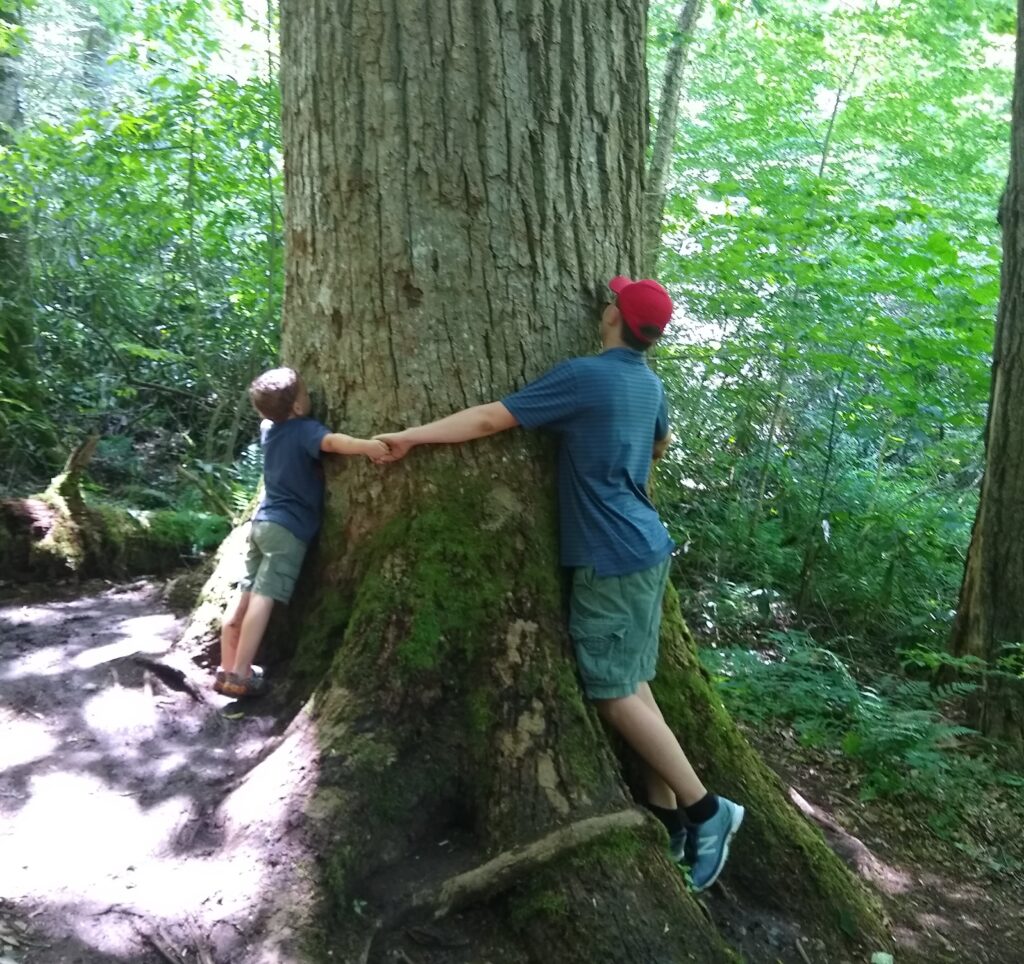
How Nature Study Observation Enhances Learning
Engaging with nature teaches children to slow down, notice details, and ask questions. Here’s how building observation skills enhances your homeschool experience:
Developing Patience and Focus
Nature study requires children to pause and really see their surroundings. Whether it’s watching a butterfly flutter or noticing the texture of tree bark, these quiet moments build awareness and concentration. Children learn that sometimes the best discoveries happen when you stop and truly observe.
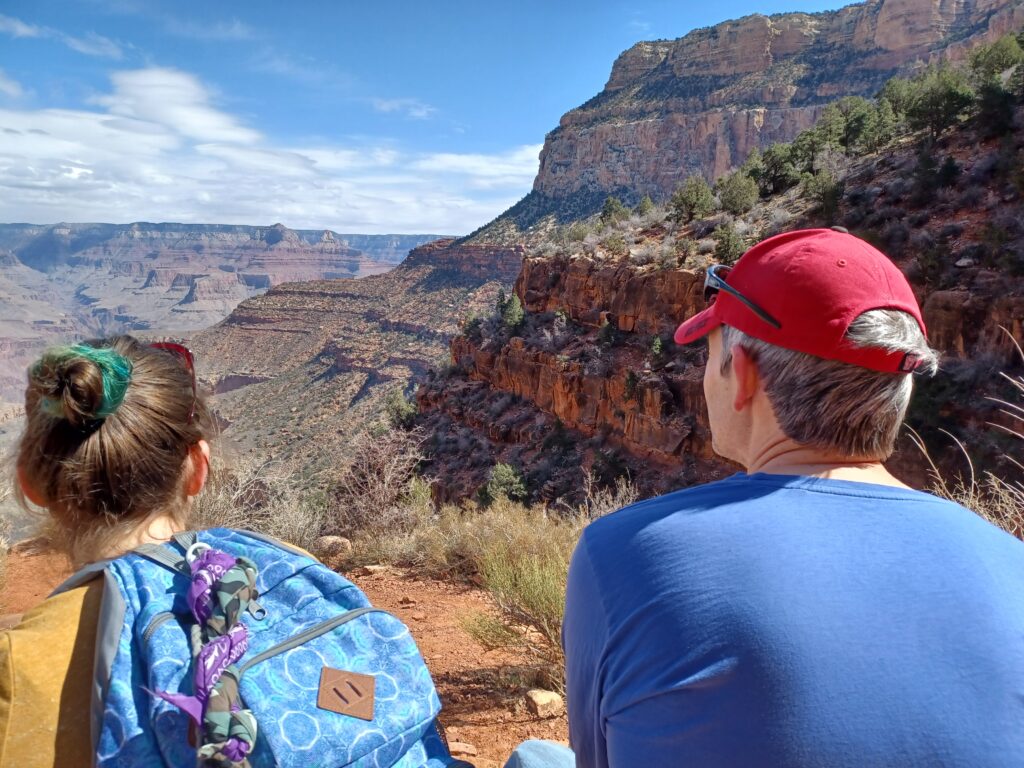
Sparking Curiosity and Creativity
When children observe closely, they start asking, “Why does this happen?” Their curiosity can lead to creative projects, like writing a short story about an ant’s day or drawing the intricate patterns on a leaf. In this way, observation sparks creativity and deepens their understanding of science for kids.
Building Critical Thinking
Detailed observation encourages children to compare, contrast, and interpret what they see. By identifying patterns and changes, they develop analytical skills that benefit all subjects. From math to history, careful observation is a tool that empowers young learners to make connections and ask insightful questions.
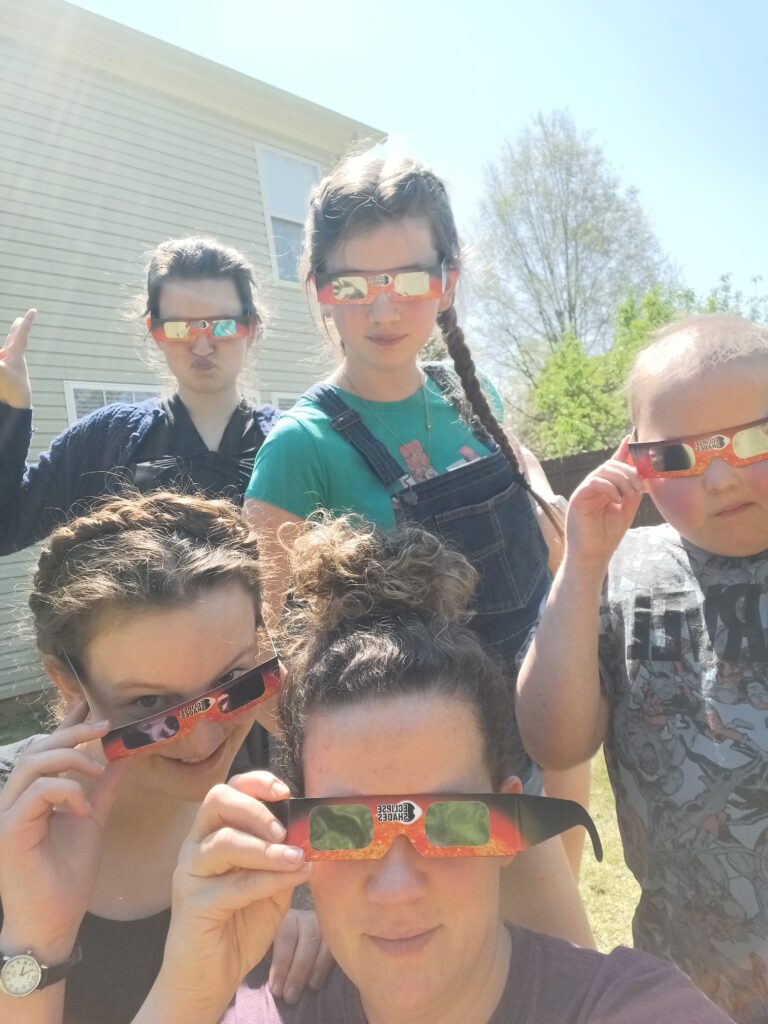
Three Practical Observation Exercises for Homeschooling with Nature Study
Here are three hands-on activities that you can use with your family to build observation skills. These exercises are simple and engaging.
1. Nature Notebook Walk
What You Need:
- A nature notebook (or any blank paper)
- A pencil or colored pencils
How to Do It:
- Pick a Spot: Choose your backyard, a local park, or a nature trail.
- Focus: Give your child a few minutes to quietly observe their surroundings.
- Record Details: Encourage them to note as many details as possible. They might write down the color of the sky, draw the shape of a leaf, or note the sounds they hear.
- Discuss: After the walk, discuss what they observed. Ask questions like, “What surprised you?” or “What details did you notice about that flower?”
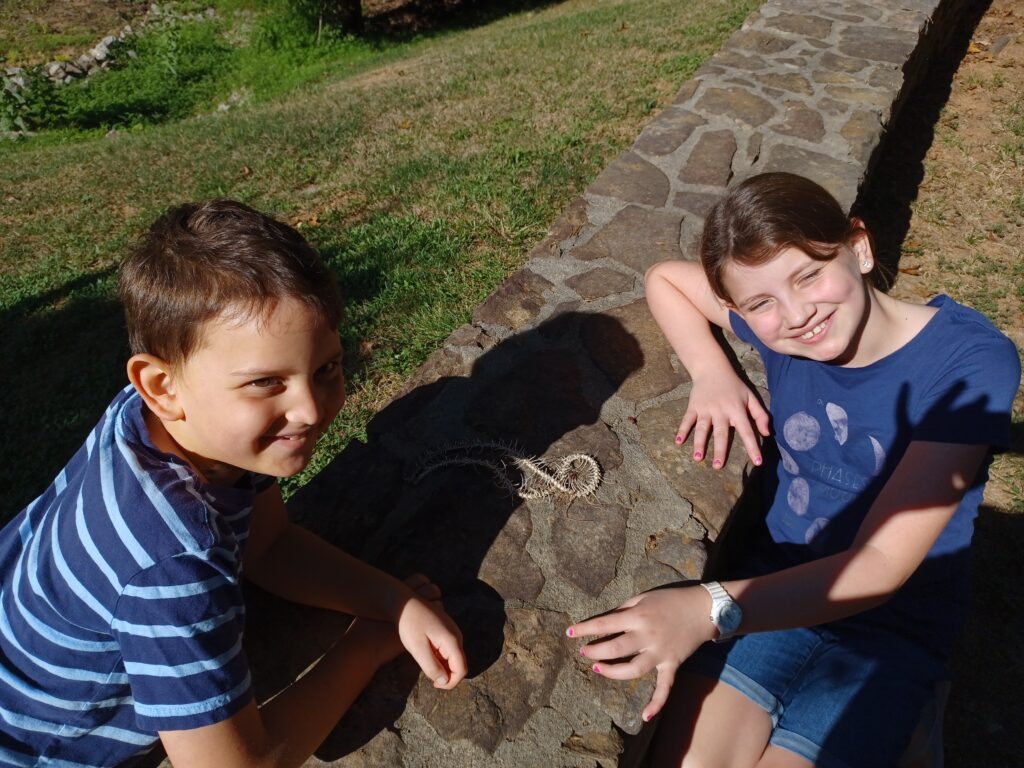
2. Detailed Flora and Fauna Sketching
What You Need:
- A nature notebook
- A pencil or colored pencils
- Optional: magnifying glass
How to Do It:
- Choose a Subject: Have your child pick one plant or insect to observe closely.
- Focus: Sit quietly together and let them observe the subject for a few minutes.
- Record Details: Encourage them to note texture, color, and shape. They might discover and draw details like leaf veins or tiny hairs on an insect.
- Discuss: Talk about what they learned. Did they notice something new? How did the details change as they observed longer?
3. Sensory Observation Walk
What You Need:
- A nature notebook and pencil
- Optional: a camera
How to Do It:
- Plan a Walk: Choose a quiet, safe path for exploration.
- Focus: Ask your child to use all their senses. What do they see? What sounds fill the air? What scents and textures do they notice?
- Record Details: Encourage them to write or draw details about their sensory experiences. They might capture the rough bark of a tree, the soft petals of a flower, or the chirping of birds.
- Discuss: After the walk, talk about which senses stood out the most and why. Ask questions like, “Which sound was most interesting?” or “How did the textures make you feel?”
Integrating Observation into Everyday Learning
Observation skills extend far beyond nature study. They can enhance learning in various subjects across the homeschool curriculum.
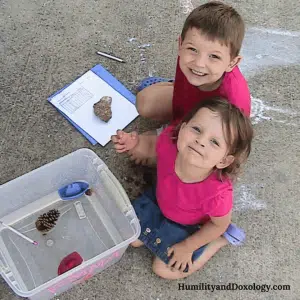
Science for Kids
Observation is the heart of scientific inquiry. Encourage your child to track changes in plants, observe weather patterns, or note the behavior of local wildlife. These activities strengthen scientific thinking and lay the foundation for future experiments and discoveries.
Literature and Storytelling
Invite your child to observe a natural scene and then write a short story or poem about it. They might imagine a day in the life of a busy squirrel or craft a tale about a secret forest gathering. This creative exercise bridges the gap between observation and literary expression.
History and Local Culture
Explore local landmarks, old trees, or historic gardens. Encourage your child to record details that hint at the past. This exercise connects personal observation with broader cultural narratives, making history tangible and engaging.
Art and Creative Expression
Turn observations into art. Whether it’s drawing, painting, or crafting, using nature as inspiration helps children appreciate everyday beauty and express it creatively.

Expand Observation Skills with No Sweat Nature Study
Would you like your children to develop a deeper curiosity about the world around them? I’d love to guide them, step by step, in exploring nature through focused observation!
The free Symbiosis Class from No Sweat Nature Study is the perfect place to start. Discover how plants and animals rely on each other—sometimes as friends and sometimes as foes—while learning how to record these discoveries in a nature journal.
Whether you’re new to nature study, have tried it and felt frustrated, or already love exploring the outdoors, this lesson will help your children build confidence in their nature journaling. It’s a simple, engaging way to learn in-depth science!
If you enjoy this approach, join me in the No Sweat Nature Study Membership. Inside, you’ll find a growing library of video lessons, printable resources, and practical tips that fit easily into any homeschool routine.
Each lesson highlights a unique science topic through the lens of nature study. My goal is to make your homeschooling journey simpler, more exciting, and full of scientific discoveries waiting to be observed.
About the Author

Cindy West, also known as Mrs. Cindy from the free No Sweat Nature Study Podcast, holds a master’s in education and is a veteran homeschooler. As the author of many science curricula and a longtime blogger at OurJourneyWestward.com, Cindy is passionate about making learning engaging and accessible for every family. Through her work, she inspires homeschoolers to embrace nature study as science to enrich their educational journey.
Happy nature exploring, and may every observation spark a new discovery!
You may also enjoy:
- Nature Study and Relaxed Charlotte Mason Homeschool (a video interview with Cindy West)
- Homeschooling Middle School: Connection, Independence, and Possibility with Cindy West
- Nature Study in the Christian Homeschool
- Homeschool Science for Every Student
- Natural Philosophy: Recovering a Natural Science and Christian Pedagogy (with Ravi Jain)
- Textbook-Free Science: all the resources you’ll need to learn about OUTER SPACE in your homeschool!
- High School Science at Home (with Dr. Kristin Moon)
- My First Science Experiment: a fun, simple, hands-on project you can do at home to fascinate preschoolers and kindergartners with the scientific method!
- He clasps the crag with crooked hands: Simple Science Unit Study of Eagles and Other Birds of Prey, inspired by Tennyson’s “The Eagle”
- Textbook-Free Science: all the resources you’ll need to learn about WEATHER in your homeschool!
- Bones of the Human Body Song
- Birds: 50+ resources for your elementary and early-middle school science and nature studies

